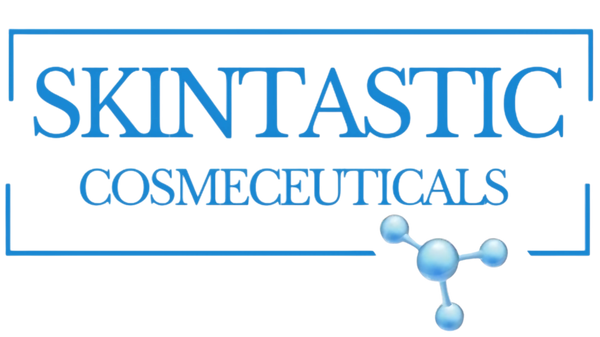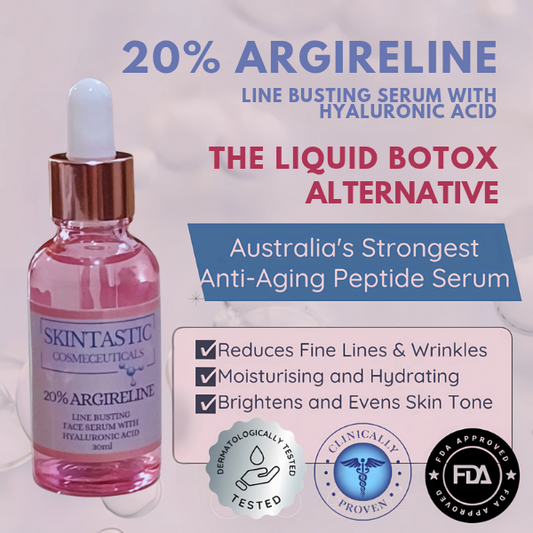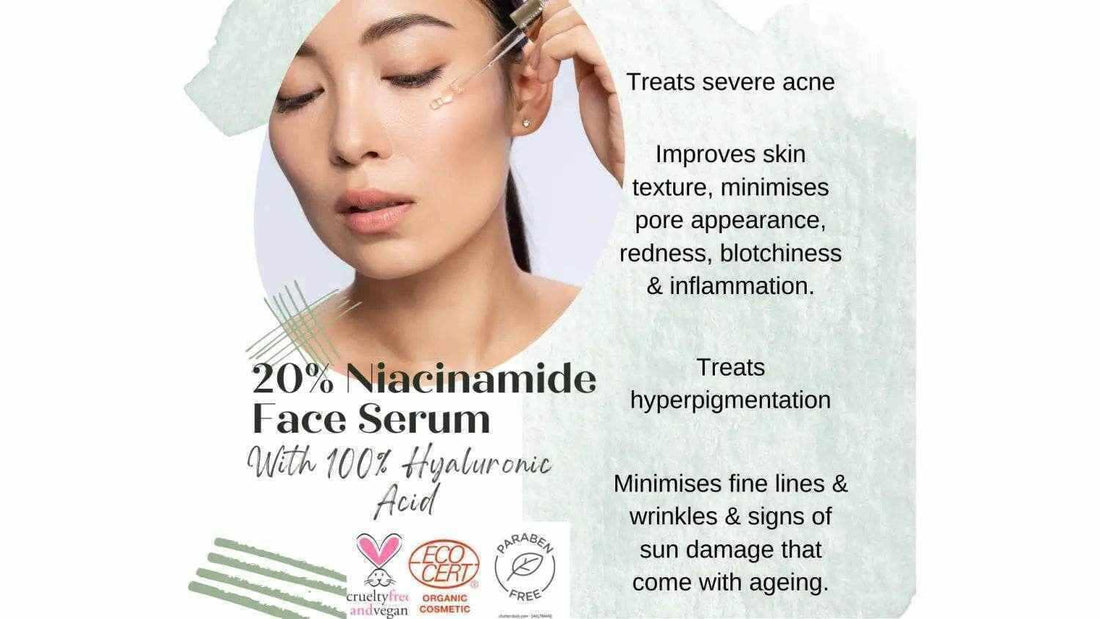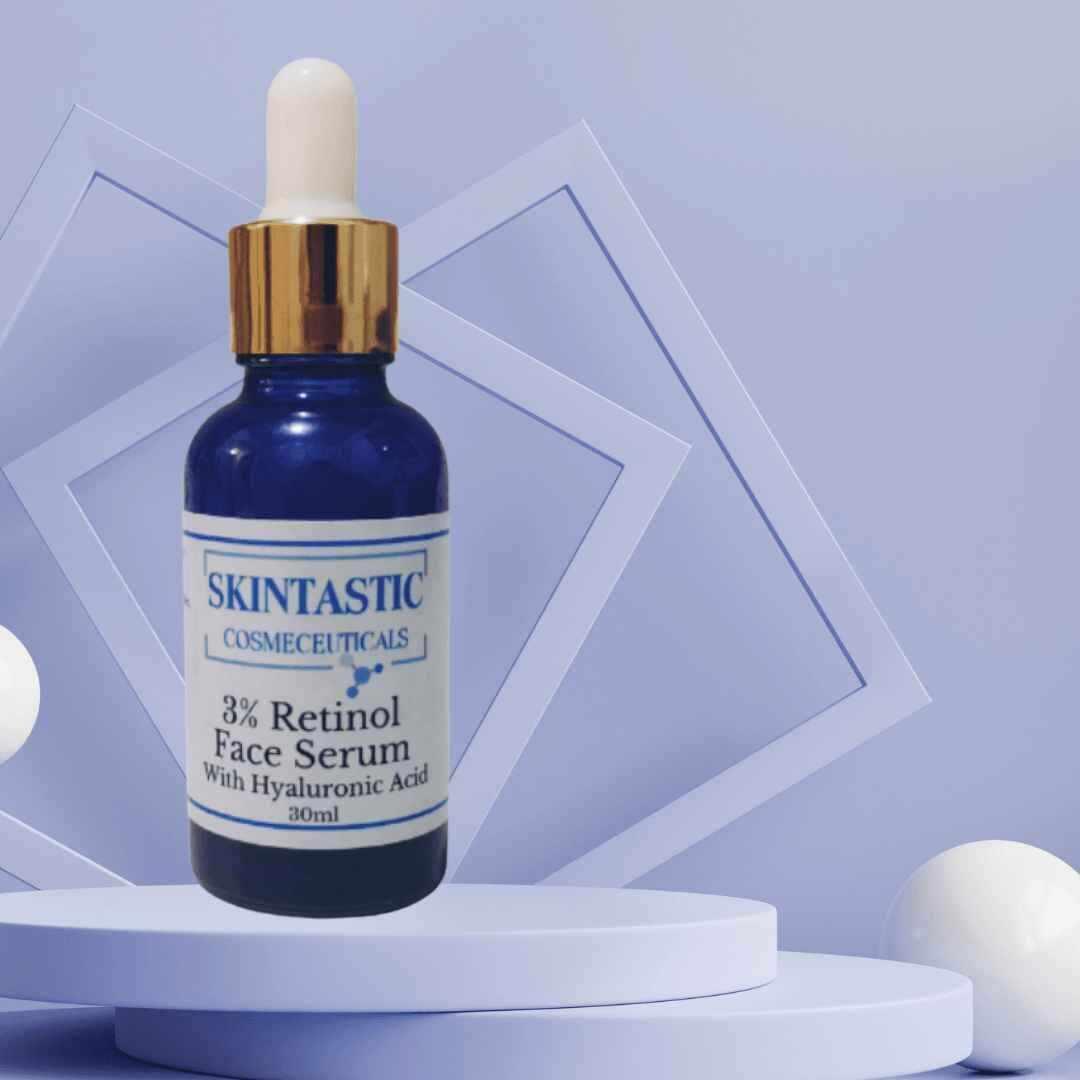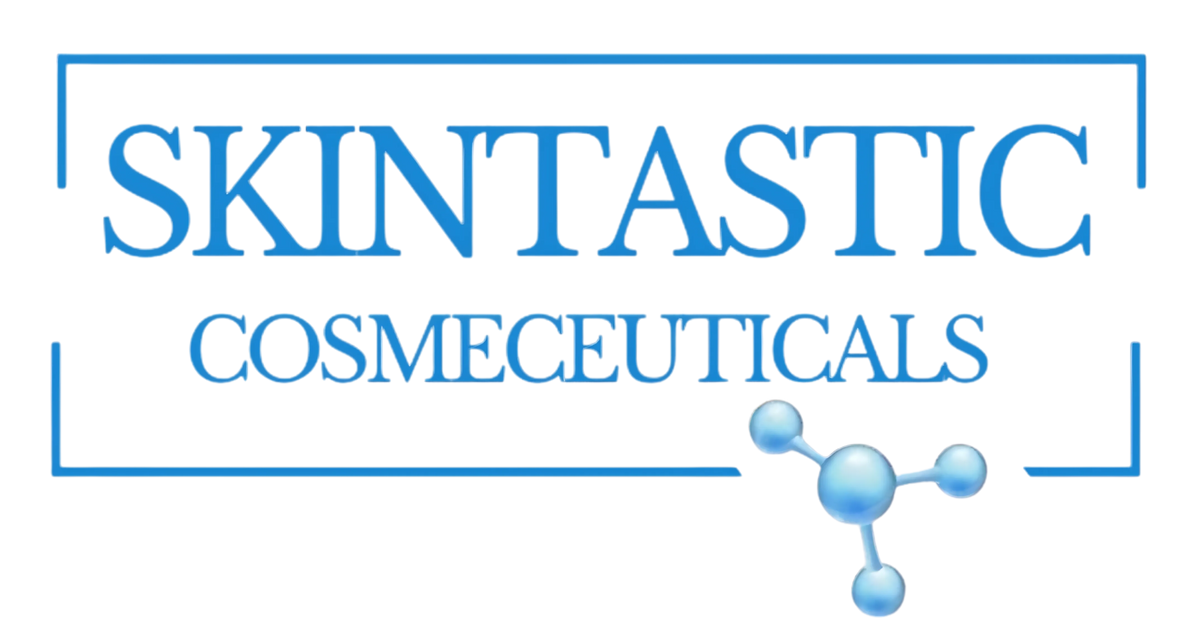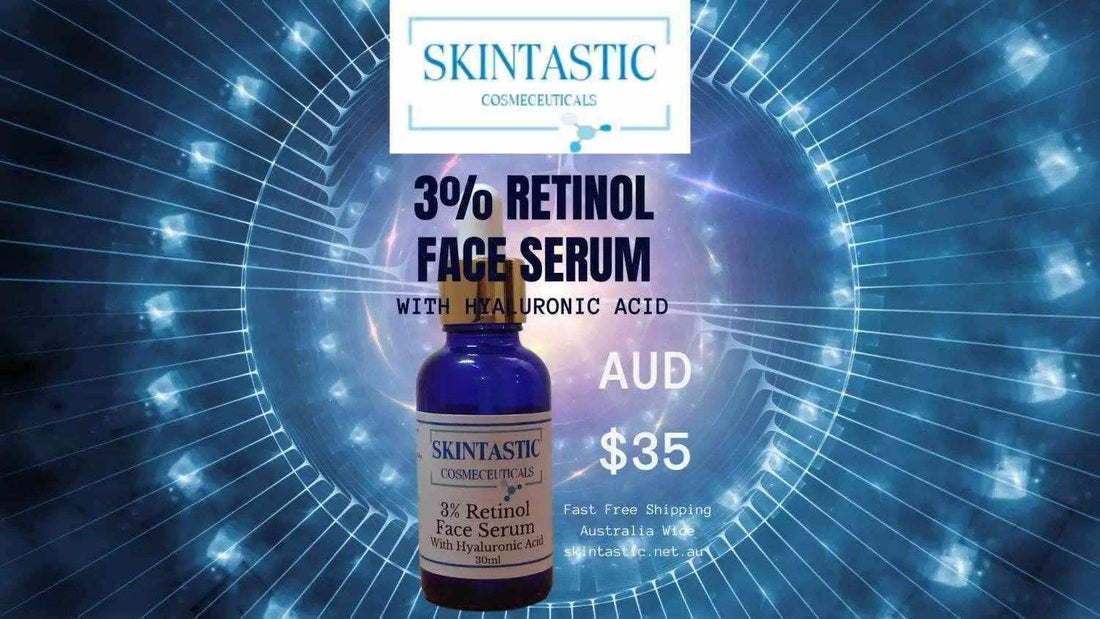Best affordable medical-grade skincare Australia 2025: clinical results without the luxury tax
Best affordable medical-grade skincare Australia 2025: clinical results without the luxury tax
Medical-grade skincare doesn’t have to cost couture money. Like a made-to-measure Italian suit, real quality in skincare comes from precise construction: proven actives, verified percentages, stable delivery systems, and packaging that protects what’s inside. This guide helps you buy smarter in 2025—cutting through pricing theatrics and focusing on craftsmanship, materials, and measurable value across different budgets for Australian skin and climate.
Key takeaways / summary
- Value, not vanity: Medical-grade skincare earns its keep through validated percentages, stability, and clinical testing—not heavy glass bottles or celebrity markups. Think quality tailoring over flashy labels.
- What “medical-grade” typically means: Evidence-backed levels of actives (e.g., retinoids, niacinamide, peptides, AHA/BHA), batch consistency, and transparency about concentration and testing. Packaging should protect formulas (air-tight, opaque).
- Smart budget tiers: You can construct complete, effective routines around AU$50, AU$100, and AU$150 by prioritising UV protection, vitamin A, niacinamide, and hydration—without paying “luxury tax.”
- Price-per-active is your compass: Calculate product value by dividing price by active content and usable volume. This exposes overpaying for minimal actives.
- What to look for: Exact percentages on label or site; pH-appropriate formulas (for acids); airless or opaque packaging; fragrance-free or low fragrance; compatibility with Australian heat and UV conditions.
- Who benefits most: Australians seeking clinical results on a budget; previous luxury users who want measurable payoff per dollar; ingredient-savvy readers tracking retinoids, niacinamide, peptides, and acids.
- Top evidence-led categories: Retinoids for texture and lines; Niacinamide for barrier and tone; Peptides (including Argireline) as adjuncts; AHA/BHA for exfoliation; Hyaluronic acid for hydration support.
- Where to dive deeper: Ingredient-specific explainers from SKINTASTIC’s blog, including Niacinamide benefits, Argireline (Acetyl Hexapeptide-8), Retinol vs other serums, and Hyaluronic acid usage.
Before we dive into the details, keep one idea in mind: you’re evaluating construction, not couture. The sections below move from myths and ingredient basics through to value calculations, routine builders, and Australia-specific usage tips—so you can act on the information immediately.
Myth-busting: why “luxury” pricing often hides low active content
Price rarely equals potency. A bottle can cost more because of weighty caps, scented formulas, or a fashion-house name—not because it delivers higher, clinically validated percentages. If a serum doesn’t disclose its actives and exact strengths, treat it like a suit with no fabric label: you’re paying for promise, not for the weave.
How to check for value instantly:
- Look for exact percentages of key actives (e.g., retinol, niacinamide, Argireline/Acetyl Hexapeptide-8).
- Scan packaging claims for stability and delivery systems (airless pumps, encapsulation, pH disclosure for acids).
- Cross-check claims against ingredient education from trusted sources, such as SKINTASTIC’s Argireline serum guide and niacinamide deep-dive.
Two-line sniff test: no disclosed percentage, no clear stabilisation strategy—no purchase. With actives, opacity is a red flag, not a selling point.
Ingredient education: what makes skincare “medical-grade”
While there’s no single global legal definition, medical-grade is generally understood to prioritise rigorous formulation standards, reproducible actives at validated levels, and evidence-backed outcomes. Think of it as tailoring at the molecular level—cutting and stitching the formula so that actives survive the bottle, reach the skin, and perform as expected.
Core pillars of medical-grade formulation:
- Proven actives, disclosed percentages: Retinoids, niacinamide, peptides (e.g., Argireline/Acetyl Hexapeptide-8), and acids presented at clear, defensible concentrations.
- Stability and delivery: Encapsulation, airless packaging, and pH control help protect potency.
- Reproducibility: Batch-to-batch consistency for results you can track.
- Safety standards: Fragrance minimisation, photostability, and compatibility with Australian UV exposure and humidity.
Typical effective ranges (for orientation, not strict rules):
- Niacinamide: 2–5% for barrier/tone; higher strengths can be used if well-formulated and tolerated.
- Retinol: ~0.2–0.5% for moderate users; up to ~1% for advanced, with careful acclimation.
- Argireline (Acetyl Hexapeptide-8): often used at 5–10% or higher solution strengths; can be layered with other peptides.
- AHA/BHA: Glycolic 5–10% for home use; salicylic 0.5–2% for congestion; pH typically ~3–4 matters for efficacy.
- Hyaluronic acid: multi-weight blends (low to high molecular weights) improve surface feel and water retention.
For fast primers, see SKINTASTIC’s articles on retinoids for wrinkle treatment and how to use hyaluronic acid for wrinkles. You can also explore SKINTASTIC MD for broader science context: Welcome to SKINTASTIC MD.
Price-per-active: a practical formula for value
To compare products fairly, convert sticker price into cost of active delivered. This helps you avoid paying champagne prices for a splash of tonic.
Step-by-step:
- Find the exact percentage of the headline active (e.g., 10% niacinamide, 0.3% retinol, 20% Argireline).
- Convert percentage to grams per 100 g (10% ≈ 10 g actives per 100 g). For ml-based products with water-like density, treat ml ≈ g for a rough estimate.
- Calculate price per gram of active = product price ÷ grams of active in the entire bottle.
- Compare across options to see which delivers more active for your dollar—then factor in packaging, pH, and supporting ingredients for a complete view.
Use this same logic for peptide serums and retinoids. For deeper active-specific context, read SKINTASTIC’s Argireline explainer and how to choose retinol products in Australia.
Worked example (hypothetical): A 30 ml serum at 10% niacinamide contains ~3 g active. If it costs AU$22, that’s ~AU$7.33 per gram of active. A 30 ml serum at 5% niacinamide contains ~1.5 g active; if it costs AU$80, that’s ~AU$53.33 per gram. Same category, vastly different value. Now layer in packaging and stability to complete the picture.
Routine builders for every budget (Australia, 2025)
Just as a wardrobe revolves around expert tailoring rather than brand names, your routine should revolve around clinical pillars—UV protection, vitamin A, barrier support, and targeted actives. The following frameworks show how to allocate spend efficiently. Adapt based on skin tolerance, climate, and season.
Budget build: around AU$50
- AM: Gentle cleanser; hydrating serum (hyaluronic acid); broad-spectrum SPF 50+
- PM: Cleanser; niacinamide-focused serum; basic moisturiser
- Why it works: Prioritises daily UV defense and barrier support via niacinamide. See niacinamide benefits.
Performance build: around AU$100
- AM: Cleanser; niacinamide serum; SPF 50+; optional antioxidant layer
- PM: Cleanser; low-to-moderate strength retinoid on alternate nights; hydrating serum and moisturiser as needed
- Why it works: Introduces retinoids for texture and clarity while keeping barrier intact. Compare protocols in retinol vs other anti-ageing serums.
Clinic-grade build: around AU$150
- AM: Cleanser; peptide-focused serum (e.g., Argireline/Acetyl Hexapeptide-8 as an adjunct); niacinamide layer; SPF 50+
- PM: Cleanser; retinoid most nights (as tolerated); hydrating/peptide support on off nights
- Why it works: Adds targeted peptide support without overcomplicating the lineup. Read Argireline serum basics and hyaluronic acid guidance.
Layering order cheat sheet: Cleanser → water-based serums (niacinamide/peptides) → hydrating serum (HA) → moisturiser (if needed) → sunscreen (AM only). Introduce retinoids slowly (e.g., 2–3 nights/week, then build).
Patch-test before introducing new actives, stagger additions (every 10–14 days), and tweak frequency to reduce irritation. For exfoliating acids, revisit fundamentals in glycolic acid peel considerations.
Craftsmanship and materials: what separates clinical from cosmetic
In luxury tailoring, Italian mills disclose their fabric composition and weave density; skilled ateliers align seams and structure for longevity. Medical-grade skincare takes a similar stance: materials (actives) and construction (formulation) must be disclosed and defensible.
- Fabric = Actives: Look for retinoids, niacinamide, peptides, AHA/BHA with clear percentages.
- Stitching = Stability: Airless pumps, opaque bottles, pH-appropriate design for acids, and encapsulation for vitamin A.
- Lining = Support cast: Humectants (e.g., hyaluronic acid) and emollients cushion potency and improve tolerance.
- Finishing = Preservation: Thoughtful antioxidants and preservatives protect formulas and reduce oxidation—all part of reliable “wear.”
Explore how these “materials” behave on skin across actives in SKINTASTIC’s niacinamide mechanics and glycolic acid benefits.
How to evaluate any medical-grade product (5 checks)
- Active clarity: Are headline actives and their percentages listed? No figures, no purchase.
- Packaging: Is it airless/opaque to protect retinoids and peptides? Clear bottles often spell degradation.
- pH and pairing: For acids, pH matters. For retinoids, look for stabilising technologies and compatible moisturisers.
- Price-per-active: Use the formula above to avoid paying for glass and perfume.
- Climate fit: Will the texture, film, and photostability suit Australian heat and UV? Lightweight, non-comedogenic vehicles are safer bets for summer.
Bonus checks: compare INCI order with claims (actives at trace levels often sit near the end), and ensure fragrances are low or absent—especially if you’re sensitive.
Australia-specific tips for 2025
- UV-first mindset: Daily SPF 50+ is non-negotiable, especially when using retinoids and acids. Reapply every two hours outdoors, and after swimming or sweating.
- Heat and humidity: Prefer lightweight gels/serums in summer; reserve richer textures for winter nights.
- Gentle cadence: Introduce retinoids gradually; buffer with hydrating layers (see retinoid usage).
- Minimal fragrance: Fragrance is like decorative stitching—nice to look at, but it shouldn’t compromise the integrity of the garment (your formula).
- Summer acids: If prone to pigmentation, moderate AHA use in peak UV months and be extra diligent with SPF.
Frequently asked questions
Is cheap skincare effective?
Yes—if you verify active percentages, stability, and packaging. Medical-grade value is about the “tailoring” of the formula, not the brand aura. Use the price-per-active method and assessment checklist above.
What certifications or standards matter?
Seek transparency in actives and stability claims. Airless/opaque packaging is a practical signal of formulation care. For procedure-level acids or prescription retinoids, consult a professional. For consumer-grade acids and retinoids, prioritise brands that publish concentrations and safety data.
Which actives should I start with on a budget?
Niacinamide plus daily SPF is a strong start. Add a retinoid at night once your barrier is steady. Consider a peptide adjunct such as Argireline if you tolerate vitamin A well, and use hydrating layers to balance.
How do I avoid irritation when moving up in strength?
Increase frequency before concentration, buffer with hydrating serums, and avoid stacking multiple new actives at once. Stagger changes by 10–14 days and listen to your skin.
How long until I see results?
Hydration and surface plumpness: days. Tone and clarity from niacinamide/acids: 4–8 weeks. Texture and fine lines with retinoids: 8–12+ weeks. Consistency and sun protection drive outcomes.
Can I combine acids and retinoids?
Yes, but avoid layering them in the same session if you’re sensitive. Many alternate nights (acids on one night, retinoid the next) or apply acids in the morning and retinoid at night—always with SPF.
The anti-markup mindset
Luxury labels borrow cues from high fashion, but real clinical value is older than hype. Approach skincare like a discerning suit buyer in Milan: check the fabric (actives), scrutinise the stitching (stability), and ignore the runway theatrics (overbuilt packaging). Your skin will thank you—and so will your wallet.
Where to learn more (internal resources)
- Understanding Argireline Serum (Acetyl Hexapeptide-8 basics, usage)
- Niacinamide Benefits: What Does Niacinamide Do for Skin?
- Retinol vs Other Anti-Aging Serums
- Use Hyaluronic Acid for Wrinkles Effectively
- 10 Things To Know Before Getting a Glycolic Acid Peel
- Welcome to SKINTASTIC MD: Expert Skincare Science
Note: Product-specific data (names, prices, materials/specs) was not provided at the time of writing. This guide focuses on medical-grade buying frameworks, ingredient education, and internal resources to support value-first decisions in Australia for 2025.
